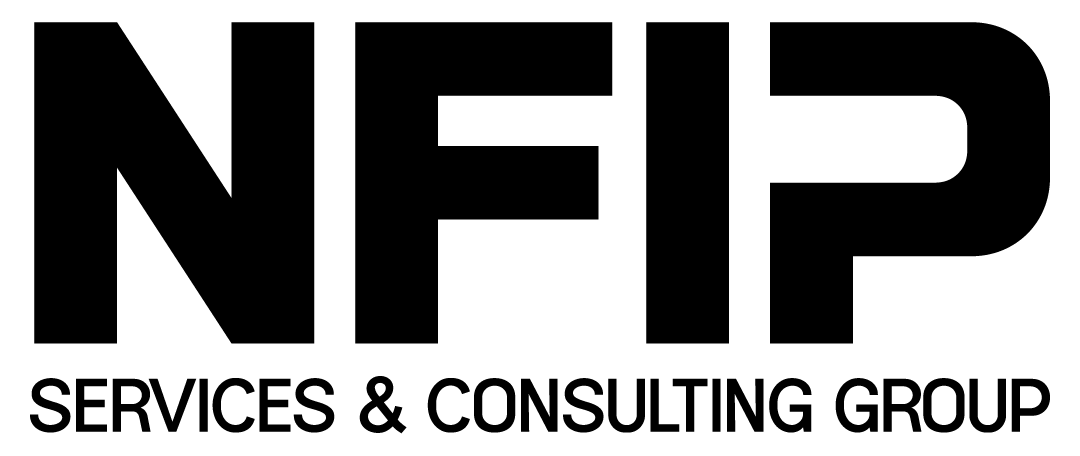
Community-wide Reporting
Community-wide Reporting is the essential bridge connecting detailed policy data, effective public policy, and strategic flood risk mitigation efforts. This feature empowers community leaders and strategic consulting teams with the irrefutable data needed to secure vital funding, implement cost-effective mitigation projects, and build long-term communal resilience against flooding.
.png)
The Challenge: Data Gaps in Grant Applications
For municipalities and local governments, securing crucial funding for essential flood mitigation projects (such as drainage improvements, seawall construction, or elevation programs) requires irrefutable, data-backed evidence of necessity and cost-effectiveness. Relying on outdated or generalized public data makes it extremely difficult to build a strong, persuasive case for government grants. Furthermore, tracking the long-term effectiveness of completed projects and demonstrating return on investment to taxpayers is often a manual, fragmented, and inaccurate process.
The Solution: Centralized Reporting and Impact Modeling
Our platform provides dedicated tools for project tracking and goal monitoring. Users can instantly generate essential reports using validated NFIP statistical data that clearly articulate the community’s current risk profile, project the financial benefit of the proposed mitigation efforts, and demonstrate the cost of inaction. The Daily Community Engagement dashboard provides ongoing metrics to ensure all stakeholders—from consultants to town council members—remain informed and accountable. The platform allows for before-and-after modeling to showcase the reduction in expected annualized losses (EAL) from completed projects.
Key Benefits
- Successful Grant Applications: Significantly increase the probability of securing federal and state mitigation funding by presenting clear, defensible, and fact-based data to support every line item in your application.
- Proactive Resilience Planning: Set, monitor, and achieve specific long-term risk mitigation objectives, effectively moving the community's approach from reactive disaster response to proactive, strategic planning.
- Stakeholder Transparency: Ensure complete transparency and alignment among community leaders, government officials, and residents by providing accurate, easily digestible reports on risk and mitigation progress.
- Demonstrable ROI: Clearly articulate the return on investment for mitigation spending by providing documented evidence of reduced policy costs and lower expected annualized losses.
Empower Your Flood Insurance Operations with Smarter Data
Discover a platform designed to simplify data management, streamline your workflow, and achieve your business goals with confidence.
